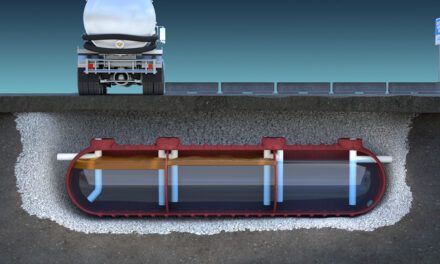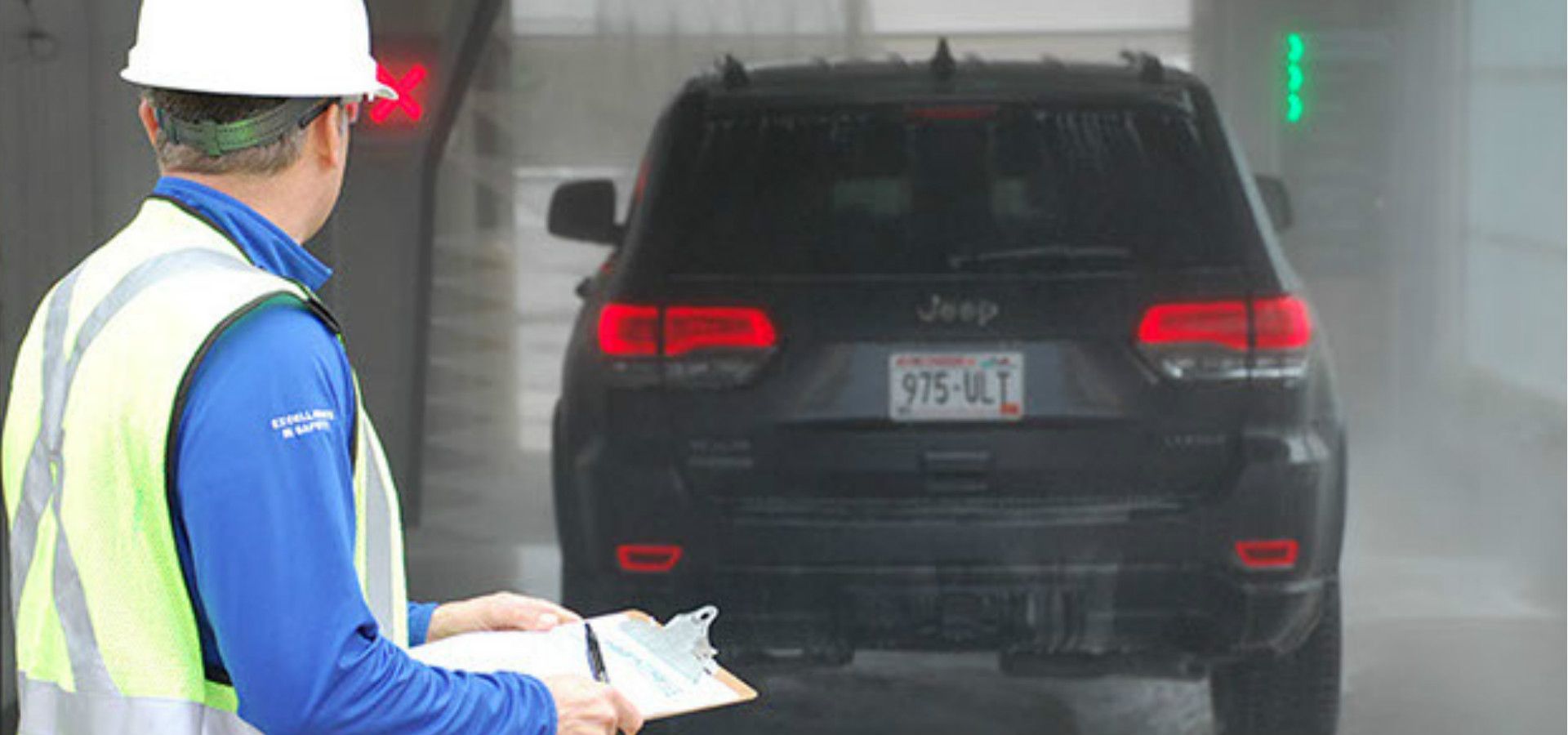
How Carwashes Can Boost Profits in 2021

How Carwashes Can Boost Profits in 2021
By Del Williams
With the new year approaching, carwash owners need all the help they can get to boost income in 2021. With income tight, this means bringing in as much business as possible without spending much in the effort. It also means providing vehicles an outstanding clean of high visibility, even premium areas like wheels, with less labor to control costs.
Fortunately, tunnel wash owners can stand out and attract attention, clean wheels better without the labor, and provide a superior polish while reducing potential vehicle damage.
For tunnel wash owners, one of the easiest ways to catch customers’ attention and give their business an instant visual makeover is by changing out all the cloth hangdown, foam and brushes at once, instead of a few at a time. When these materials are worn out and need to be replaced anyway, this is a zero-cost proposition. The only choice is which colour best reflects the brand or stands out the most.
The visual upgrade is all the more striking when all the items are changed at the same time, which can give customers the impression that you have invested in brand new equipment to enhance the wash. Even if this means switching out some materials before they are fully worn out, the cost is nominal in comparison to the benefits which can include new customers, return visits and more club memberships.
“Anytime you replace the foam, cloth hangdowns or wheel brushes with a fresh, new colour people are sure to notice. Customers will also see that you are constantly improving and keeping your materials fresh,” says Robert Pecora, an expert on brush materials and president of Erie Brush & Manufacturing in Chicago, IL – a brush, cloth, foam and detailing supplier to the carwash industry since 1948.
To have the greatest impact, Pecora suggests that tunnel wash owners should also coordinate the colours to reinforce their signs, logo, and any corporate or location-specific color schemes. “The colors should complement those in their operation,” says Pecora, whose company offers one of the widest ranges of beautifully coloured foam, cloth brushes and hangdowns in the industry (red, green, light blue, dark blue, yellow, orange, gray, and black).
To improve the efficiency and consistency of wheel cleaning as well as reduce labor, many automated washes have installed rotating, pencil-type wheel brushes. Unfortunately, these too have fallen short as wheels continued to get larger and more complicated, making them harder to reach and deep clean.
Typical brushes may be too small to adequately cover today’s bigger wheels and many cannot reach into their nooks and crannies. With the complicated dips and curves in wheels, most brushes simply ride along the outside edge.
This has spurred new innovations from specialized carwash brush manufacturers with expertise in design, who have responded with new automated wheel brush size and shape configurations. With unique names like the Wheel Wonder and the Poodle Brush, these brushes are characterized by filaments that are gradually varied in length between four to seven inches to create a wave-like pattern or resemble a well-manicured poodle.
As a vehicle travels through the automated carwash, the longer bristles reach deep into wheel crevices while the shorter bristles clean the wheel surface. The contoured brush designs also reach higher on bigger vehicle wheels and rims while more thoroughly cleaning wheel nooks and crannies.
According to Pecora, a carwash that uses a high-quality gentle foam material can reduce damage claims to nearly zero, while offering a better final polish and a quieter wash. Unlike typical foam, which is usually offered at standard levels of softness, gentle foam is significantly softer.
The gentle foam does not catch and pull on mirrors, antennas, license plates, or loose moldings like cloth sometimes can, and is designed to be soft and stretchable.
“When engineered properly and used with enough soap and water, fans of gentle foam feel that it has the softest touch, that it cleans and polishes for a better shine, and that it outlasts other materials,” says Pecora. “The highest quality foam offers a range of softness, density, and thickness to optimize its use in conveyor or rollover washes. For instance, softer, thinner foam spun at lower RPMs is better for the sides. For rocker panels, the foam can be stiffer and thicker to prevent going inside pickup truck wheel wells, which can beat up thinner foams.”
Pecora suggests that a slightly thicker foam also can work well in horizontal shaft top brushes and is able to get into the nooks and crannies at the bottom and top of the windshield, where trim goes around.
Further information is available by calling 800-711-3743 (ERIE) in US, 773-477-9620 internationally; emailing sales@eriebrush.com; visiting www.eriebrush.com; or writing to Erie at 860 West Fletcher St., Chicago, IL 60657.
Del Williams is a technical writer based in Torrance, California.


































